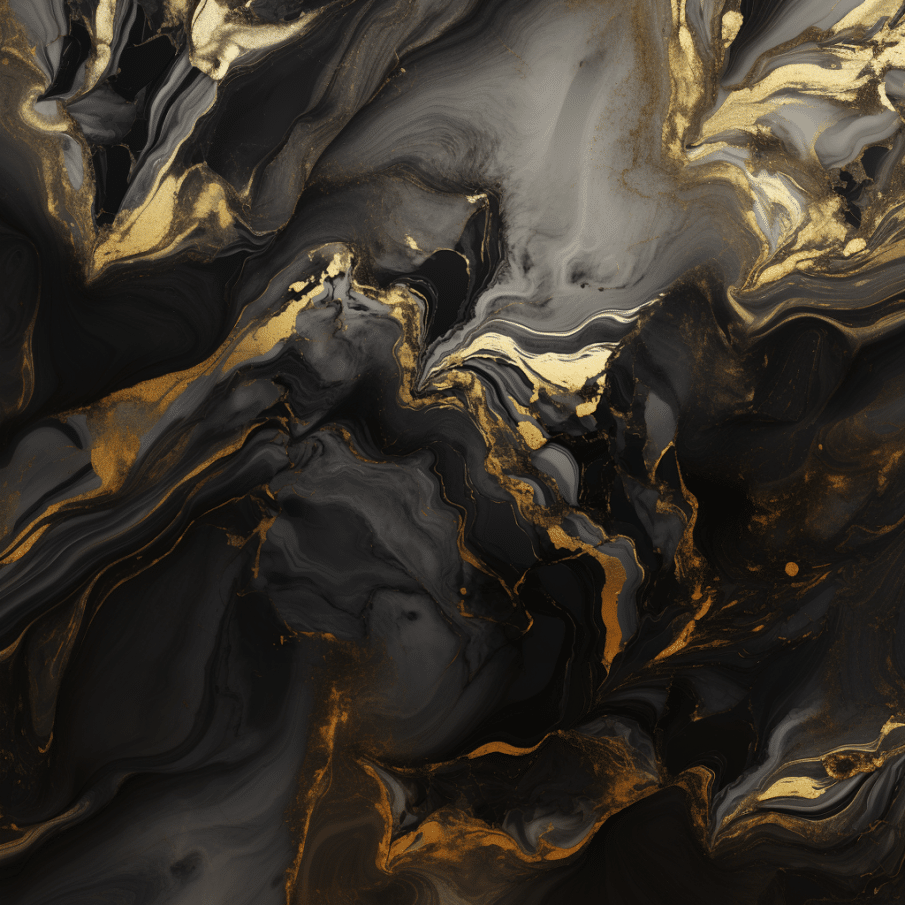Home / Surgical Procedures / Face Procedures / Buccal Fat Removal
What Is Buccal Fat Removal?
Chubby cheeks are cute when you’re a toddler, but they make a lot of adults feel extremely self-conscious.
Buccal fat removal (cheek fat removal) is a plastic surgery procedure for reducing prominent cheeks. The goal of buccal fat removal surgery is to thin the cheeks, specifically in the area of the cheek hollows. The result is a thinner looking face and more accentuated cheekbones.
About The Buccal Fat Removal Procedure
During your buccal fat removal, your doctor will sedate you through intravenous sedation or general anesthesia.
Once you’re sleeping comfortably, he will make an incision inside your mouth, on the inner portion of your cheek. Because the incision is in your mouth, you’ll have no visible scarring after your surgery.
Next, your surgeon will gently push on your cheeks, popping your buccal fat pad into your mouth through the incision. From there, your surgeon can extract the fat pad and trim it to the desired size before putting it back in place within your cheek. When the newly trimmed fat pad is safely tucked back in your cheek, your surgeon will close his incision and repeat the process on your other cheek.


Buccal/Cheek Fat Removal Recovery
- Use a special mouth rinse to reduce the risk of infection
- Take oral medication
- Apply topical medications to your incisions
- Watch for signs of infection or complications
- Schedule a follow-up visit with your surgeon
Buccal Fat and Age
Not everyone is a good candidate for a buccal fat removal procedure. Even if you don’t like your cheeks, you may not be able to have the procedure if your doctor determines them to be slim.
Age can also play a factor in surgery eligibility. As we age, the amount of buccal fat we have diminishes. If yours is starting to dwindle, you may not be a good candidate for surgery. Note too that although your cheeks may seem large now, removing buccal fat can make you appear to age faster when what you have left after surgery starts to disappear.
This is not a procedure to rush into and it’s one you should thoroughly discuss with your surgeon.
Related: What is the Best Age to Get Buccal Fat Removal Surgery?
Frequently Asked Questions
Although buccal fat removal is generally well tolerated, there are always risks to major surgery. Choosing the right surgeon and following all pre-and post-operative instructions will greatly reduce the risk of complications.
Some potential risks may include:
- Bleeding
- Infection
- Poor healing of incisions
- Hematoma
- Anesthesia risks
- Fluid accumulation (seroma)
- Numbness or other changes in sensation
- Prolonged swelling
- Injury to branches of the facial nerve, resulting in temporary or permanent facial muscle weakness
- Injury to a salivary duct
- Deep vein thrombosis, cardiac and pulmonary complications
- Asymmetry
- Suboptimal aesthetic result and/or minimal changes
- Persistent pain
Because the incisions made for buccal fat removal are inside the mouth, there will not be visible scars from the procedure.
Fortunately, removing buccal fat will not change your ability to smile or its appearance. To find out more, read here.
Good candidates for buccal fat removal have big or “chubby” cheeks that they feel self-conscious about. The patient’s cheeks likely do not become slimmer even with diet and exercise. The patient should also be in general good health and should have a positive attitude and realistic expectations for the procedure.
Yes! We have a whole separate page dedicated to buccal fat removal for men.
Technically, no. But that doesn’t mean nothing can be done.
